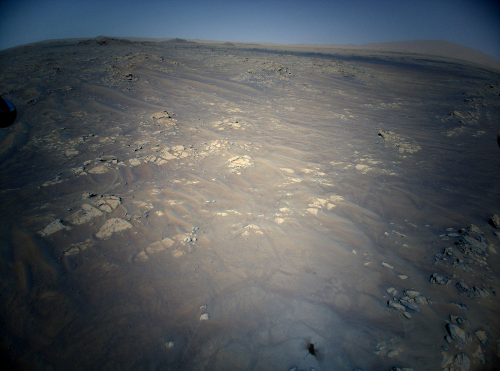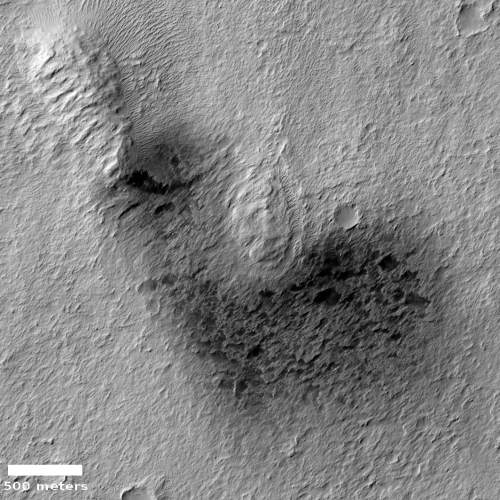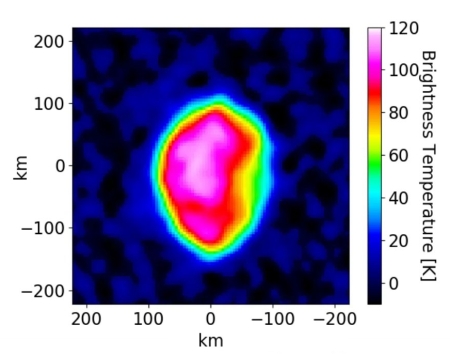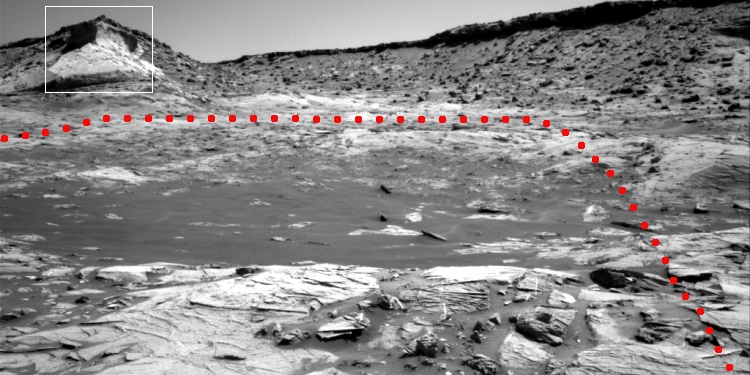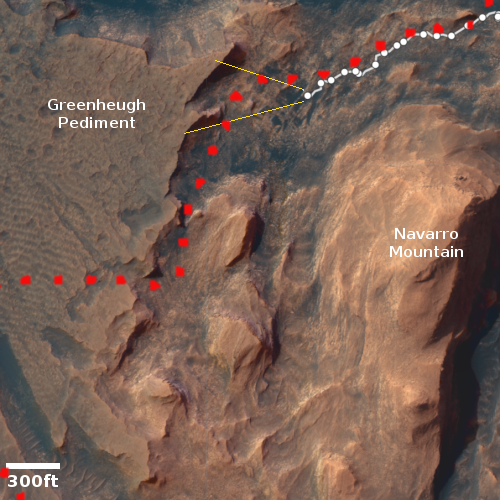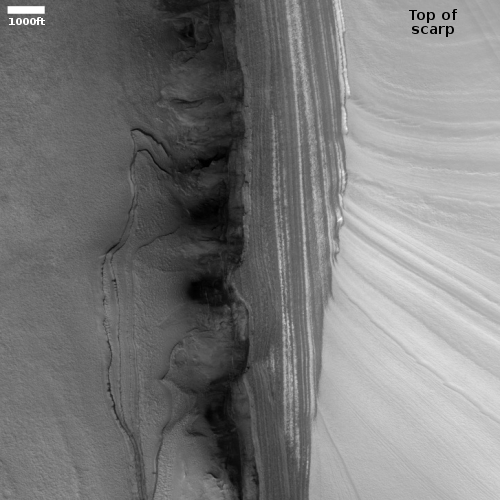Another mountain view from Curiosity

Click for full resolution panorama. The original images can be found here, here, here, here, here, and here.
I hope my readers won’t get tired of seeing these mountain views from Curiosity, but I can’t get enough of them.
The image above is a panorama I’ve created from six photos taken by Curiosity’s right navigation camera yesterday. The box marks the location of that spectacular outcrop I highlighted in the previous mountain view five days ago. The red dotted line shows the rover’s upcoming planned route. The white cross indicates the pavement bedrock where the science team hopes to next drill.
For scale, Navarro Mountain is rises about 400 feet from where the rover presently sits. The peak of Mount Sharp is actually not visible, blocked by its near white flank on the panorama’s left edge. That peak is still 13,000 feet higher up from where the rover presently sits.
The rise of rocks next to the words “entering Gediz Vallis” is actually only probably five to ten feet high, as it is very close to the rover.
Curiosity’s travels continue to get more and more exciting to follow.

Click for full resolution panorama. The original images can be found here, here, here, here, here, and here.
I hope my readers won’t get tired of seeing these mountain views from Curiosity, but I can’t get enough of them.
The image above is a panorama I’ve created from six photos taken by Curiosity’s right navigation camera yesterday. The box marks the location of that spectacular outcrop I highlighted in the previous mountain view five days ago. The red dotted line shows the rover’s upcoming planned route. The white cross indicates the pavement bedrock where the science team hopes to next drill.
For scale, Navarro Mountain is rises about 400 feet from where the rover presently sits. The peak of Mount Sharp is actually not visible, blocked by its near white flank on the panorama’s left edge. That peak is still 13,000 feet higher up from where the rover presently sits.
The rise of rocks next to the words “entering Gediz Vallis” is actually only probably five to ten feet high, as it is very close to the rover.
Curiosity’s travels continue to get more and more exciting to follow.

